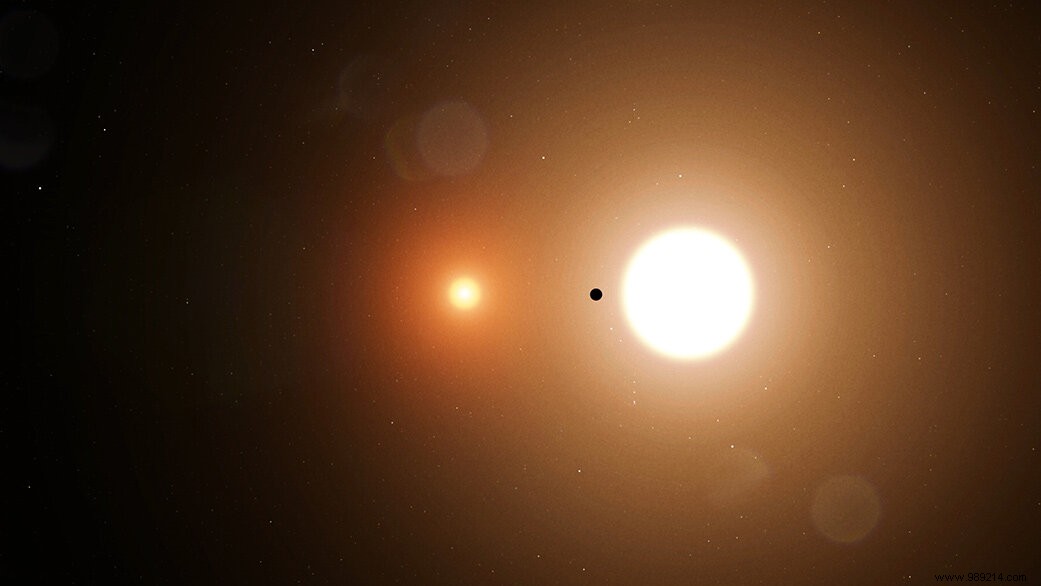Two new citizen science projects from NASA invite you to unearth new planets from your couch. Among these data, compiled by the TESS satellite, may be an Earth 2.0.
In 2018, NASA launched TESS, a new exoplanet hunter. The satellite had the heavy responsibility of succeeding the iconic Kepler telescope, which alone allowed the discovery of more than 4,000 potential new worlds .
Like its predecessor, TESS's mission is to discover new planets by monitoring light dips in the surroundings of more than 200,000 nearby stars (transit method). During its initial two-year mission, the satellite successfully imaged nearly all of the night sky and made nearly one hundred new confirmed discoveries . The telescope has also detected thousands of potential candidates, but we still need to be able to confirm them.
To do this, astronomers use algorithms, but the method remains fallible, especially with the weakest signals. Thus, many checks must be done manually, because nothing will replace the efficiency of the human brain. This is where you come into play. Indeed, astronomers cannot manage such important work alone. The masses of data are too huge.
Looking to citizen science volunteers is not unusual in astronomy. Already in 2017, NASA announced the launch of a website dedicated to the detection of objects at the edge of the Solar System, including the hypothetical "planet 9". Nearly half of known comets have also been isolated thanks to citizen scientists.
Aware of the value of this support, NASA is therefore once again recruiting volunteers to help astronomers discover exoplanets hidden in TESS observations. Two projects are proposed:Planet Hunters TESS and Planet Patrol. You are then asked to sort the images to separate the potential signals of exoplanets from those of imposters .

At the end of TESS' mission, which has just been extended for two years, NASA expects the telescope to have discovered thousands of 'confirmed exoplanets . Unlike Kepler, which can unearth worlds thousands of light-years away, those discovered by TESS could be in our cosmic backyard, less than a hundred light-years from Earth. And among them, some could be the size of the Earth or slightly larger.
These confirmed planets can then be tracked by the James Webb Telescope, which is still scheduled for launch in October. The latter will be able to examine the chemical fingerprints of these worlds, including their atmospheres, for potential signs of life.
So, if we look to the future, helping NASA in the first place to unearth promising signals in the TESS data, you could then potentially participate in the discovery of a new inhabited world.